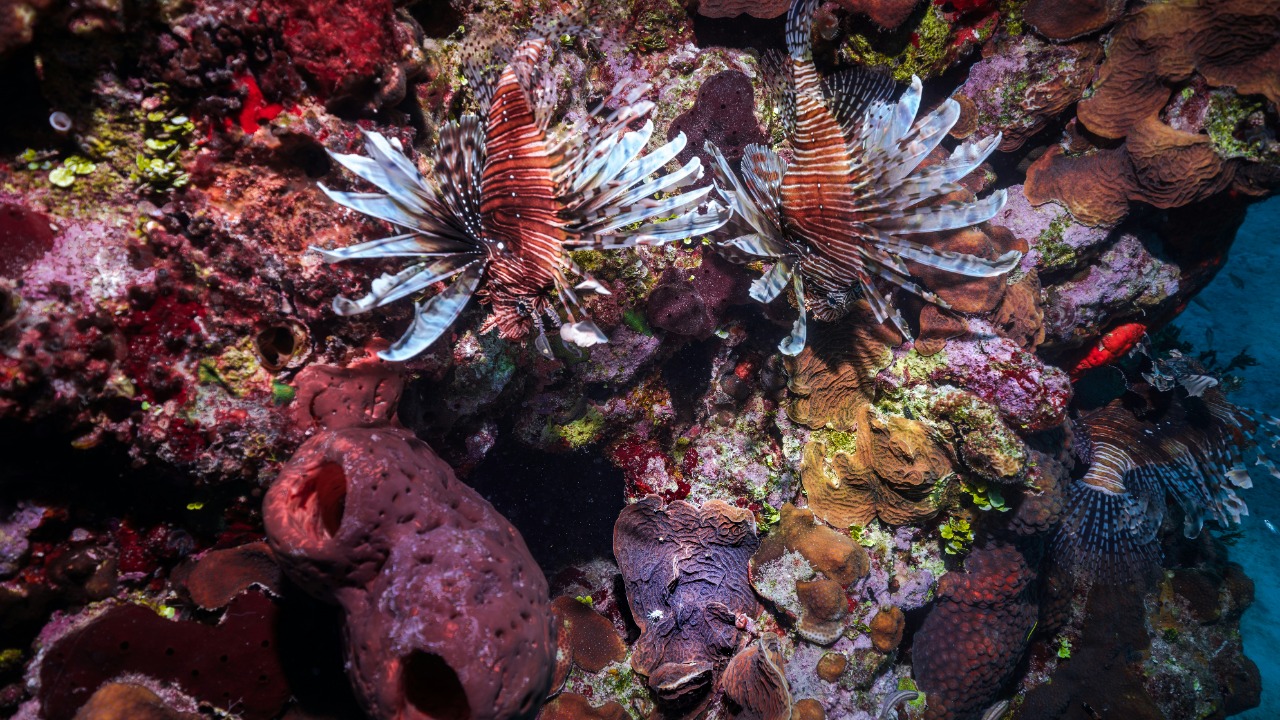
Recent scientific expeditions have unveiled a trove of new species dwelling at the bottom of the ocean, including a carnivorous “death ball” sponge in the Southern Ocean. In a separate deep-sea expedition, researchers have potentially identified over 100 new species in the Pacific. These discoveries underscore the untapped biodiversity in extreme deep-sea environments and the ongoing revelations about marine life in remote ocean depths.
Expeditions Unearthing Deep-Sea Biodiversity
Deep-sea expeditions have been instrumental in uncovering the hidden biodiversity of the ocean floor. In the Pacific, a recent expedition potentially discovered over 100 new species. This was achieved through the use of submersible dives and sample collection methodologies, which allowed researchers to explore previously uncharted areas of the seafloor. The expedition focused on seamounts and trenches, which are known to be hotspots for biodiversity.
Meanwhile, research missions in the Southern Ocean have led to the identification of dozens of new species, including the carnivorous “death ball” sponge. Conducting research in this region presents significant challenges due to the icy, high-pressure environments. However, systematic surveys have been crucial in revealing broader patterns of ocean floor discoveries, as seen in recent reports of dozens of new species at the bottom of the ocean.
The Carnivorous “Death Ball” Sponge
The carnivorous “death ball” sponge, discovered in the Southern Ocean, is a particularly fascinating find. This species is unique in its spherical shape and predatory feeding mechanism, which allows it to prey on small crustaceans. The discovery of the “death ball” sponge contributes to our understanding of deep-sea food webs and adds to the tally of dozens of new species in the region.
The collection process for the “death ball” sponge involved the use of remotely operated vehicles (ROVs) to retrieve specimens from depths over 1,000 meters. This demonstrates the technological advancements that are enabling scientists to explore and understand the deep-sea environment in unprecedented detail.
NOAA’s Contributions to Species Discovery
The National Oceanic and Atmospheric Administration (NOAA) has been instrumental in documenting newly discovered marine species through its “New Kids on the Block” initiative. NOAA scientists have identified a range of species, contributing to the broader efforts to catalog ocean-bottom biodiversity. The work conducted by NOAA on May 19, 2025, integrates with global deep-sea explorations, furthering our understanding of marine biodiversity.
Diversity in the Southern Ocean Finds
The Southern Ocean expeditions have revealed a diverse range of new species, beyond the “death ball” sponge. These include potential new mollusks, echinoderms, and cnidarians, all of which have adapted to the cold, dark conditions of the deep sea. These species play crucial ecological roles in nutrient-scarce environments, contributing to the complex web of life in the deep sea.
The announcement of these discoveries on October 30, 2025, has been a significant milestone in advancing marine science. It underscores the importance of ongoing research and exploration in these remote and extreme environments.
Pacific Ocean’s Hidden Species Trove
The Pacific deep-sea expedition has potentially uncovered over 100 new species, including preliminary identifications of fish, invertebrates, and microbial life. This rich biodiversity is concentrated around seamounts and trenches, highlighting the ecological importance of these underwater features.
However, these species face threats from mining and climate change, underscoring the need for conservation efforts. The findings from the Pacific expedition, reported on March 4, 2024, provide crucial data for conservation planning and management.
Technological Advances Driving Discoveries
Advanced tools such as ROVs and DNA sequencing have been instrumental in uncovering dozens of new species at the ocean bottom. These technologies have accelerated the discovery of extreme-adapted life forms in the Southern Ocean and Pacific. NOAA has also leveraged these technologies for efficient species identification in their “New Kids on the Block” efforts.
These technological advancements, coupled with targeted scientific efforts, are driving a new era of discovery in deep-sea exploration. As we continue to explore the depths of our oceans, we can expect to uncover even more of the hidden biodiversity that lies beneath the waves.
More from MorningOverview